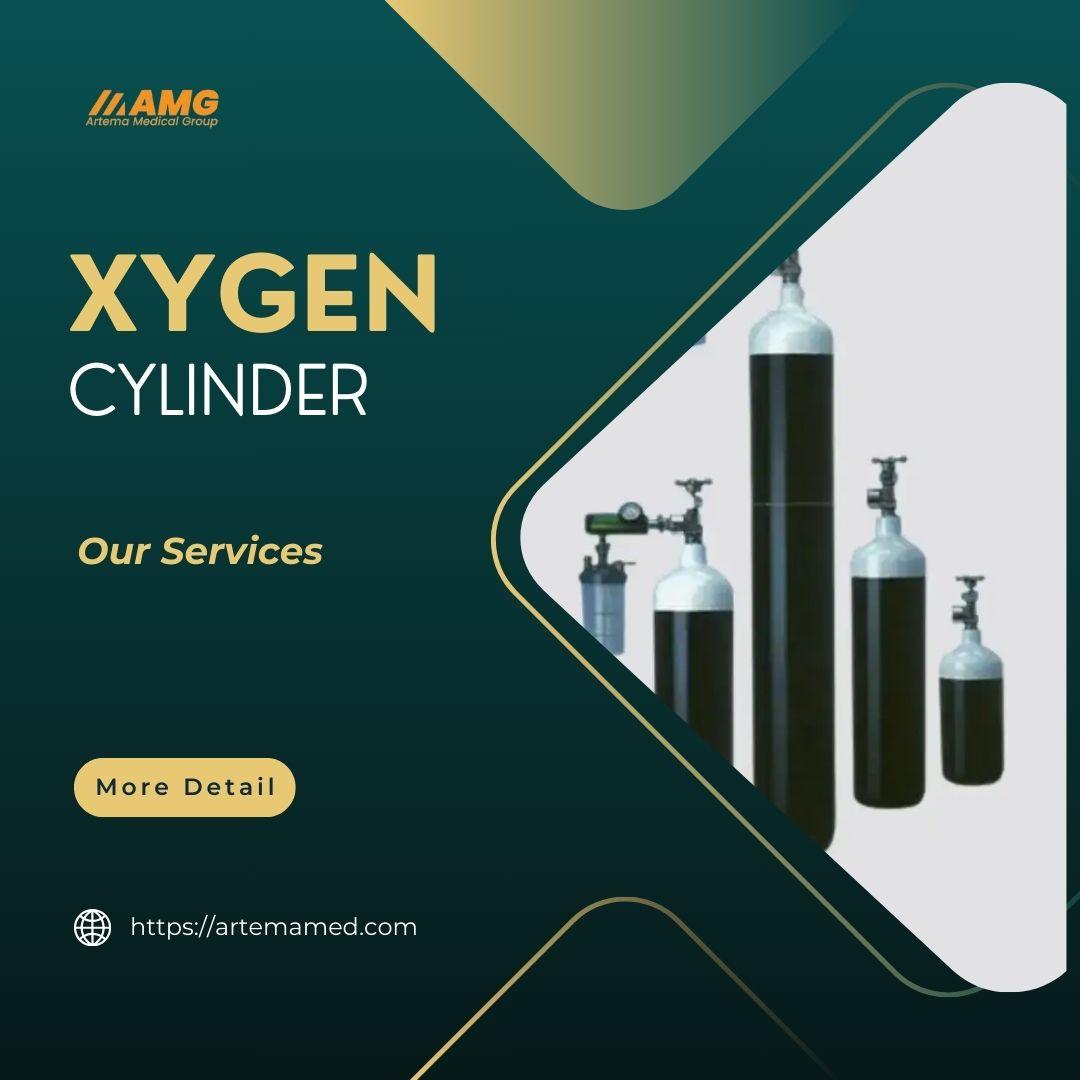Oxygen cylinders, also known as oxygen tanks, are lifelines for those who require supplemental oxygen due to respiratory issues. But beyond their life-saving role, there’s a surprising diversity in the world of oxygen cylinders. This article delves into the different types of oxygen cylinders available, their distinct characteristics, and the specific applications for which they are best suited.
Categorizing Oxygen Cylinders
There are two main ways to categorize cylinders:
Material:
The most common materials used for oxygen cylinder are:
Steel: These are the traditional, robust cylinders, offering high durability but also significant weight.
Aluminum: Lighter than steel cylinders, these are more portable but may not be as durable.
Composite: These combine an aluminum liner with a carbon fiber or fiberglass wrap, offering a balance between weight and strength.
Application:
Based on their intended use, cylinder can be categorized as:
High-Pressure Cylinders: These are typically steel or composite cylinders designed for high-pressure storage and delivery of oxygen. They are used in hospitals, ambulances, and industrial settings.
Low-Pressure Cylinders: Often made from aluminum, these cylinders are lighter and hold oxygen at a lower pressure. They are ideal for home oxygen therapy due to their portability.
Continuous Flow Cylinders: These cylinder provide a constant flow of oxygen, making them suitable for patients requiring long-term oxygen therapy at home.
Portable Cylinders: Compact and lightweight, these are designed for short-term oxygen needs or situations where portability is a priority. They are often used during travel or emergencies.
Aviation Cylinders: These specialized cylinders meet stringent safety regulations for use in aircraft.
Beyond these categories, additional features can differentiate cylinders, such as valve types and pressure ratings. Consulting with a healthcare professional or a qualified supplier is essential to determine the most suitable oxygen cylinder type for your specific needs.
Understanding the Distinctions
Here’s a breakdown of how the different types of cylinders come into play:
- Hospitals: High-pressure steel or composite cylinders are standard in hospitals due to their high oxygen capacity and ability to deliver large volumes quickly.
- Homecare: Low-pressure aluminum cylinders are popular for home oxygen therapy as they are lighter and easier to manage. Continuous flow versions are used for patients requiring long-term oxygen support.
- Emergency Medical Services (EMS): Portable and lightweight cylinders are crucial for EMS teams to provide immediate oxygen support in ambulances or at accident sites.
Choosing the Right Cylinder
Selecting the right cylinder hinges on several factors, including:
- Patient Needs: The flow rate of oxygen required and the duration of use will determine the size and type of cylinder needed.
- Portability: If portability is a major concern, a lightweight aluminum cylinder might be preferred, even if it requires more frequent refills.
- Safety: Always ensure the chosen cylinder meets the required safety standards and comes with proper training on handling and operation.
It’s important to remember that oxygen cylinder are medical equipment, and consulting with a healthcare professional is vital for proper selection, safe use, and refill procedures.
By understanding the different types of oxygen cylinder and their applications, you can ensure that you or your loved one has the most appropriate equipment to meet respiratory needs effectively.
Fore more details : Artema Med



